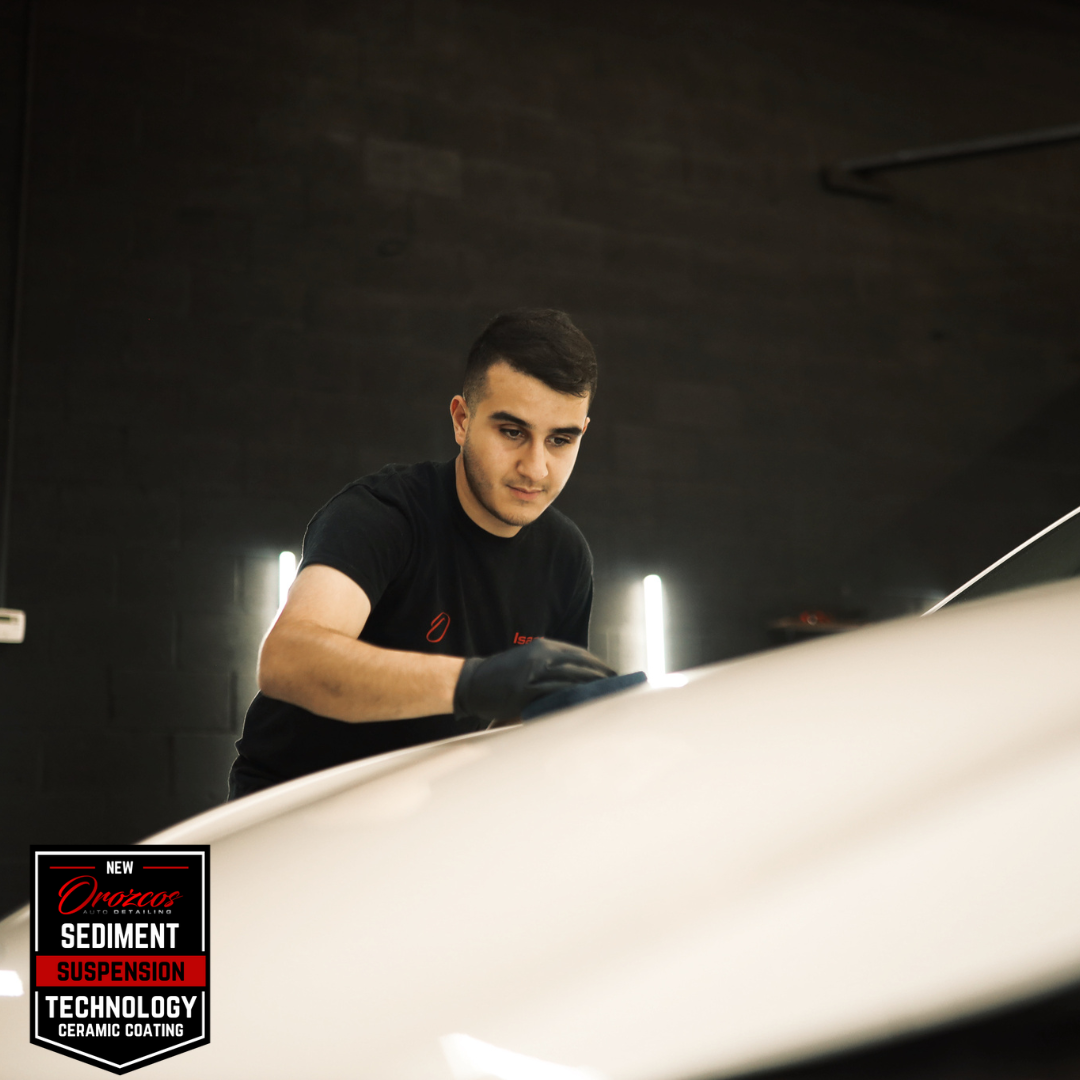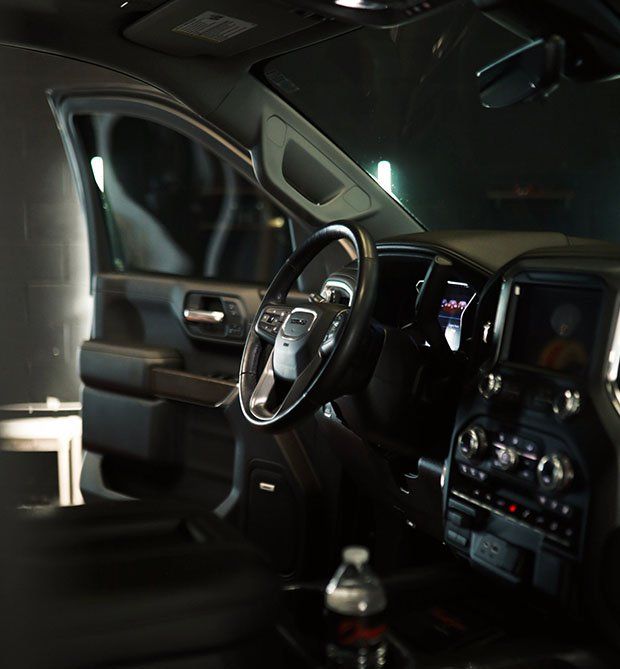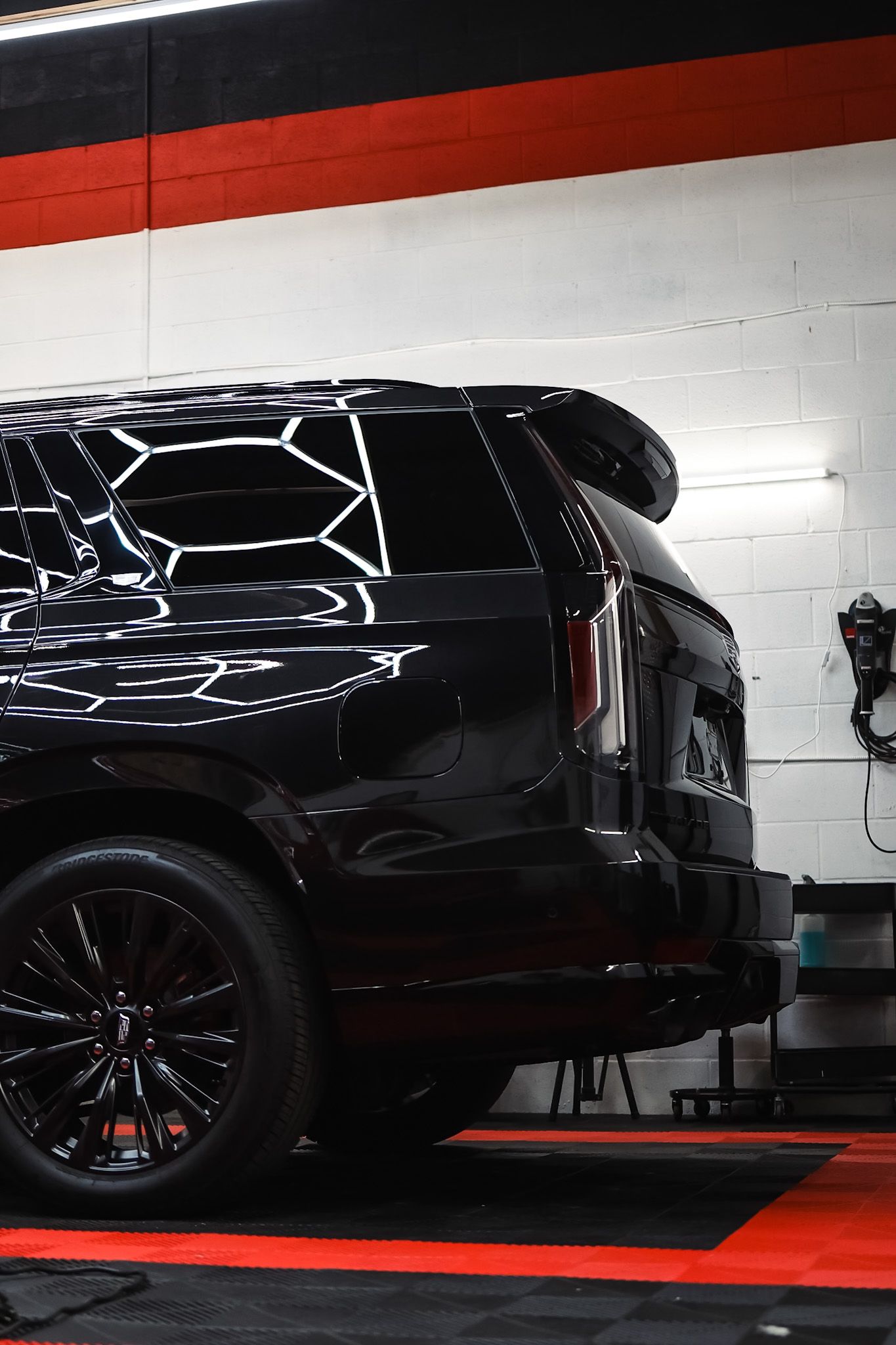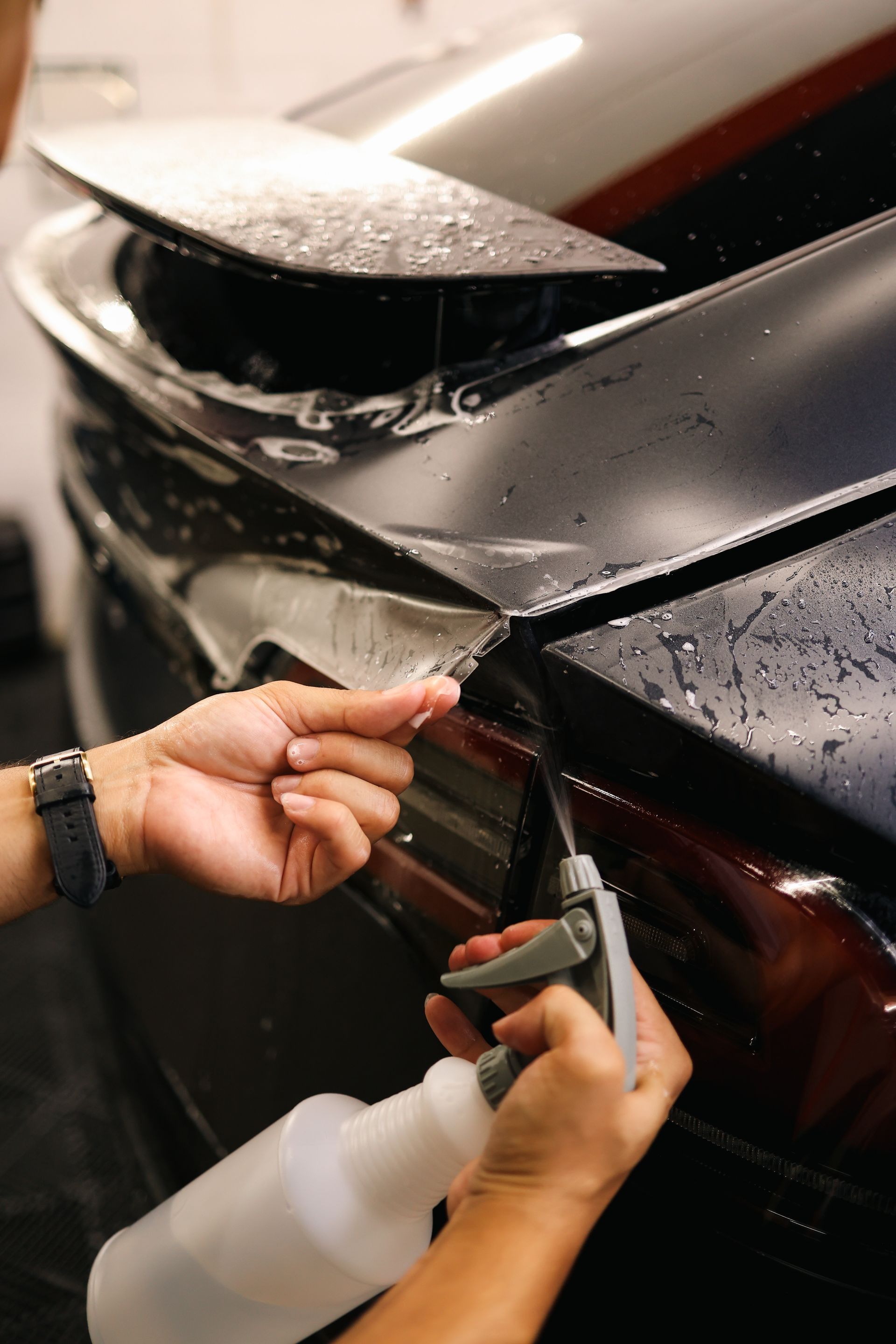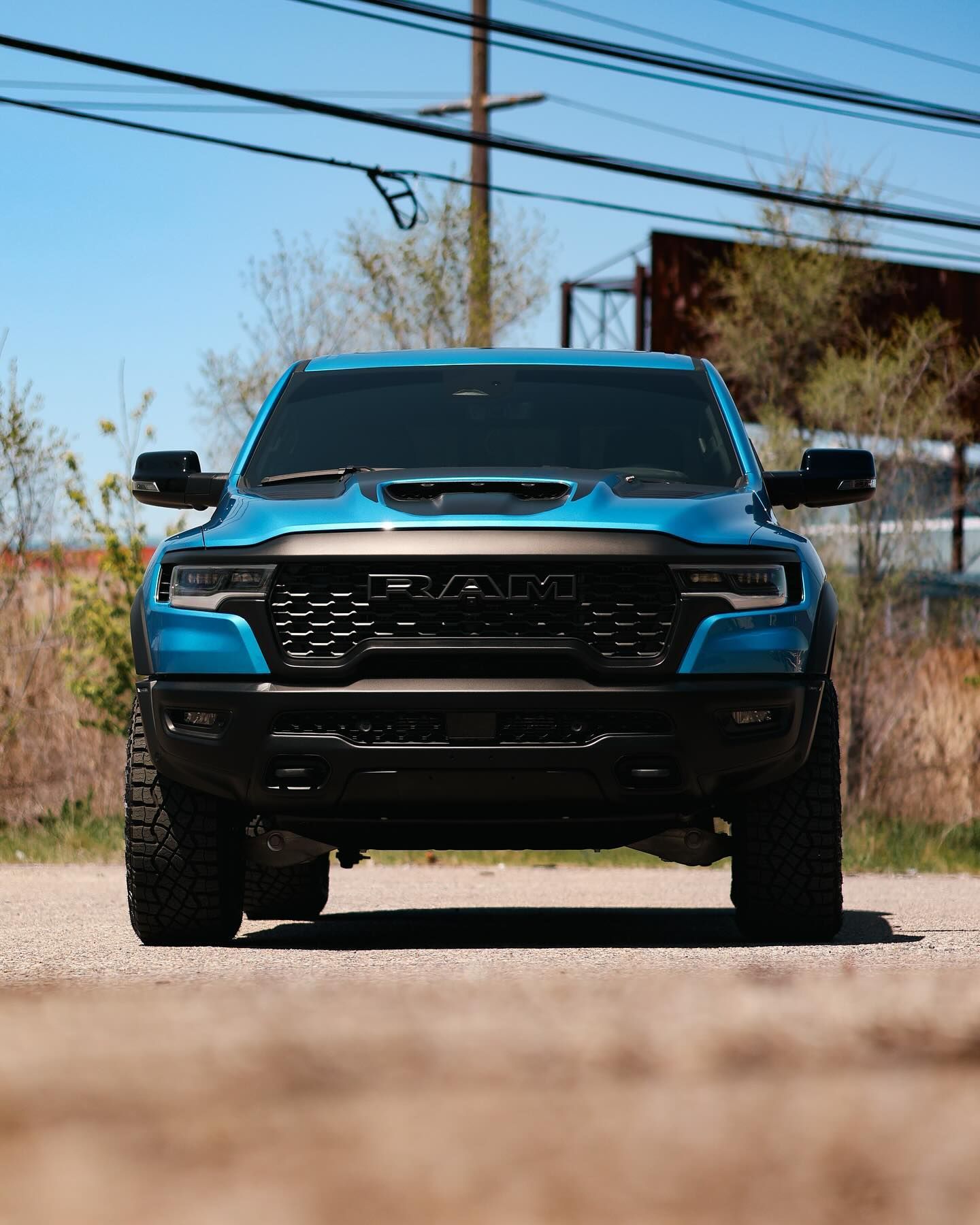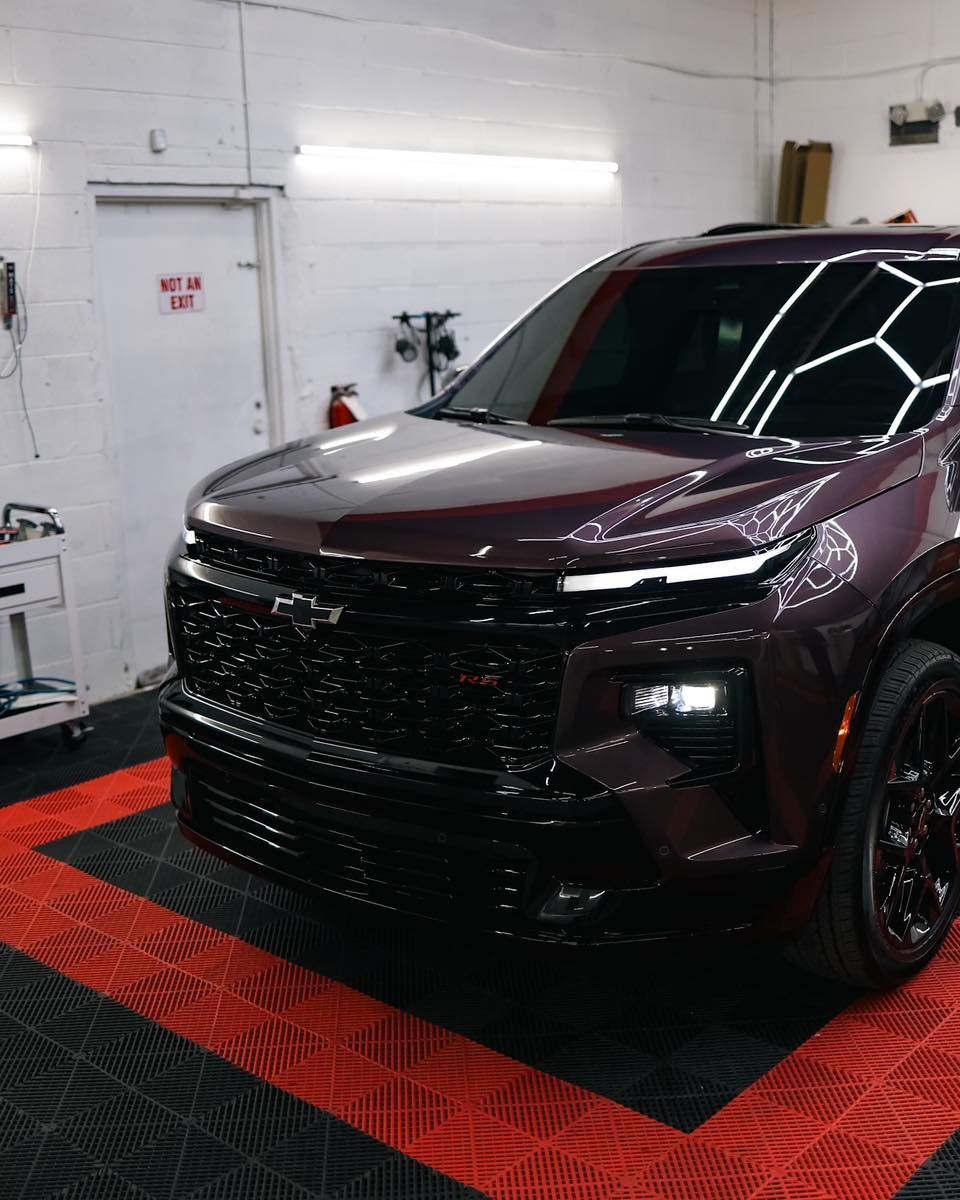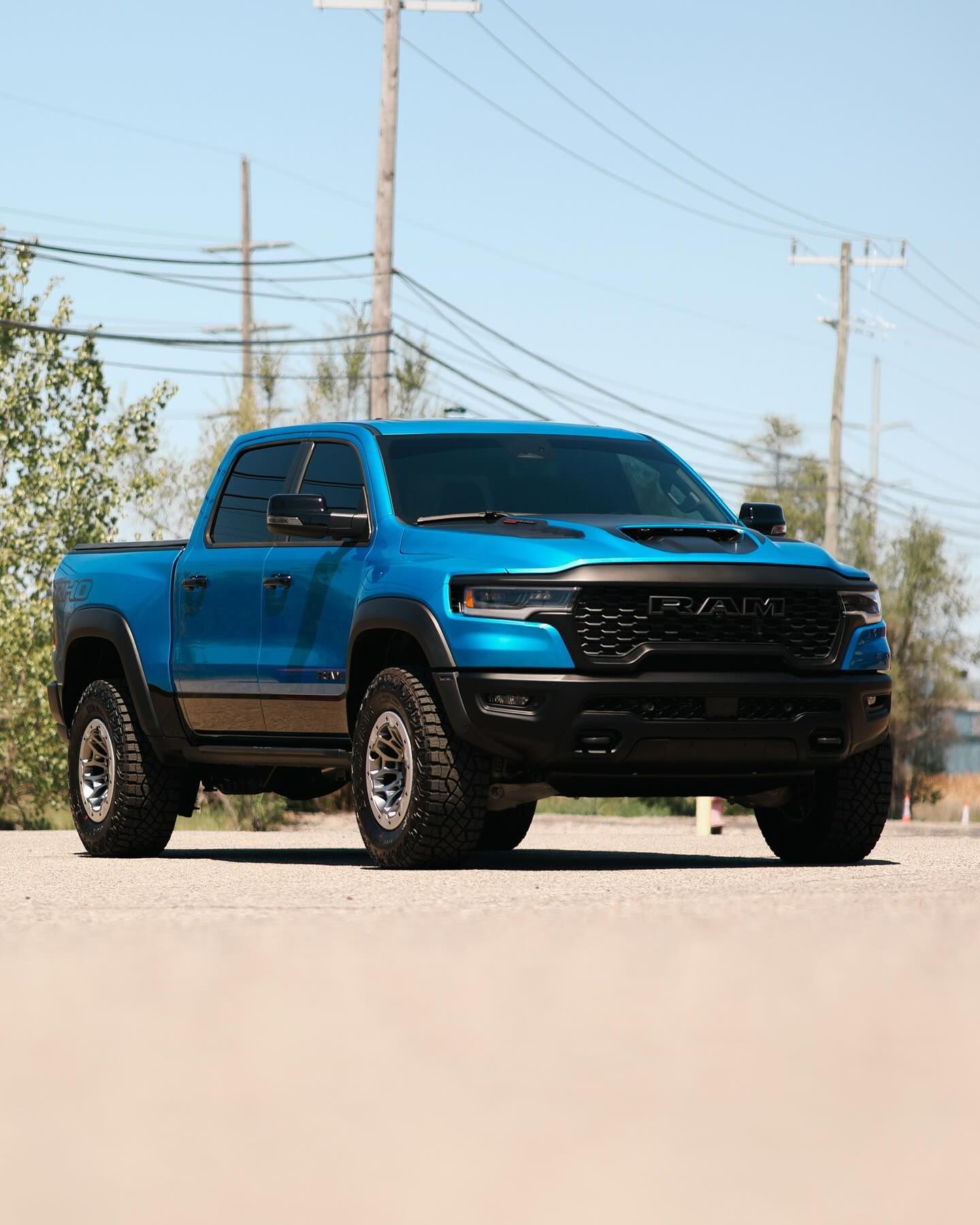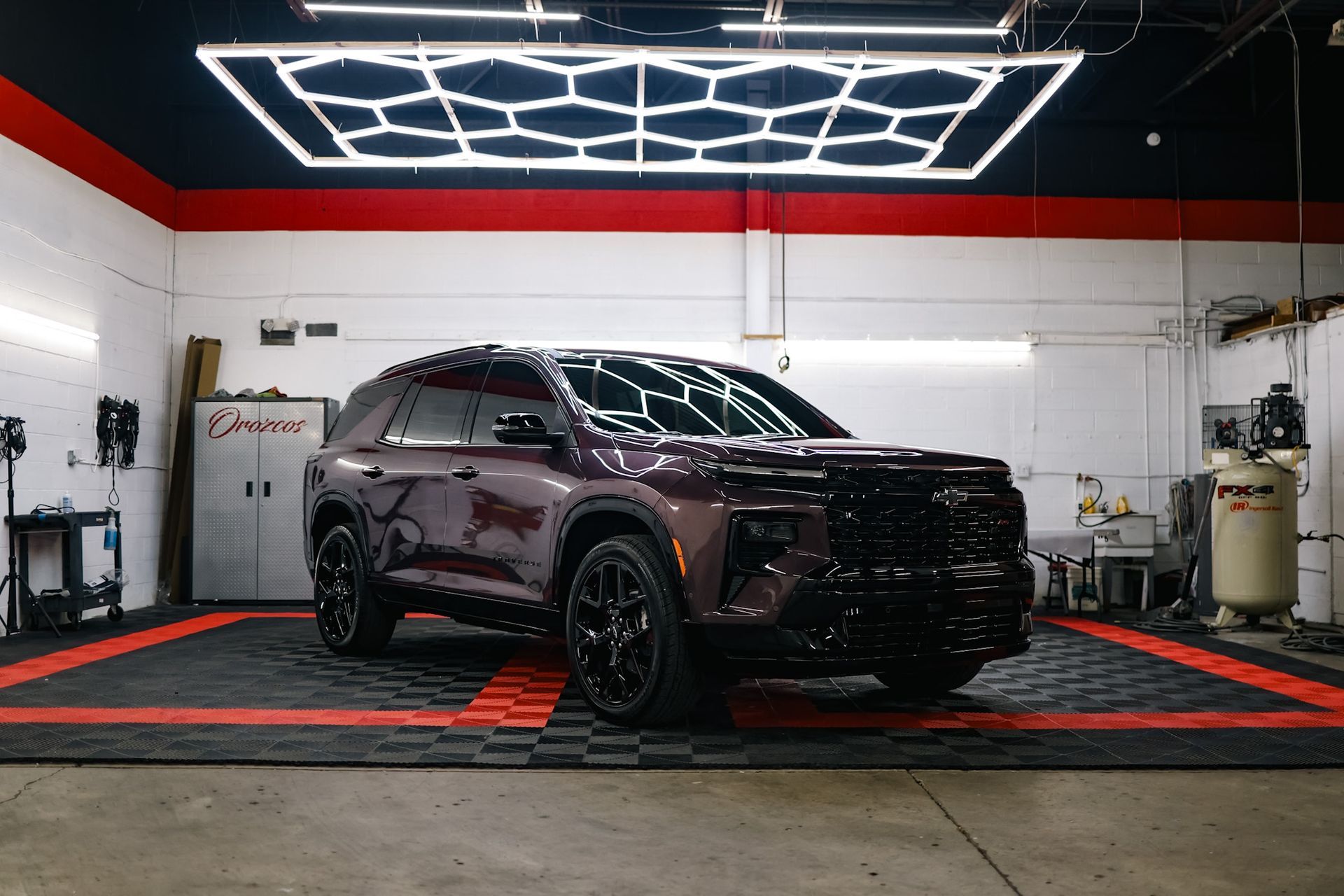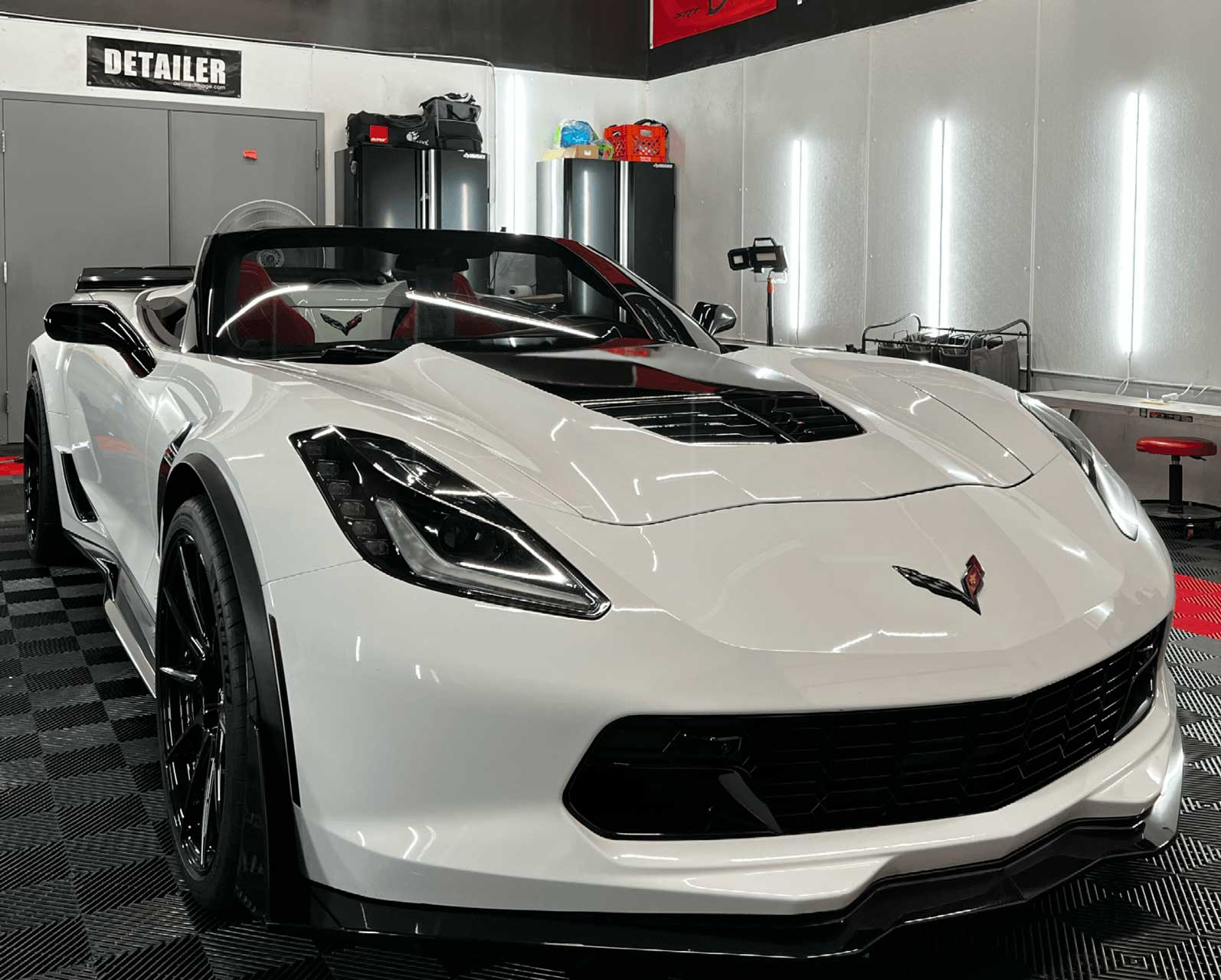How to Prevent Bubbling and Peeling in Your Window Tint
When it comes to protecting your vehicle's windows, window tint is a popular choice. Not only does it enhance privacy and reduce glare, but it can also help keep your car cooler in the blazing sun. However, a lot of people don't realize that improper care can lead to frustrating problems like bubbling and peeling. These issues are not just cosmetic; they can affect your visibility while driving and require costly repairs. Understanding how to maintain your window tint properly is essential if you want it to last. In this article, we’ll cover some essential tips and techniques that will help you keep your window tint looking great for years to come.
To prevent bubbling and peeling in your
window tint, ensure that you have your tint professionally installed using high-quality materials, as poor installation and low-grade tints often lead to these issues. Additionally, regularly clean your tinted windows with ammonia-free products and avoid parking in direct sunlight for extended periods, as prolonged UV exposure can deteriorate the adhesive used for the tint.
Causes of Tint Bubbling and Peeling
One of the most common culprits for tint bubbling is poor installation practices. Imagine this: you’ve just had your car windows tinted, and if the installer hasn’t properly cleaned the glass before application, any leftover dust or lint can trap air pockets under the film. These air pockets inevitably lead to blistering as moisture gets trapped in these bubbles, creating a less-than-desirable look, not to mention potential visual disturbances while driving.
Another significant factor is the quality of materials used during installation. With nearly 70% of tint problems arising from low-quality films, it can't be overstated how vital it is to choose quality over cost. Cheaper tints often utilize adhesives that fail under UV exposure, leading them to break down much quicker than high-quality counterparts. The adhesive degradation isn’t immediate but becomes noticeable over time, resulting in peeling or bubbling!
Now let's discuss temperature fluctuations, another enemy of window tint integrity. Consider this: if you live in an area with extreme temperature changes, you may notice more bubbling. The materials used for tinting generally expand when heated and contract in cooler temperatures. Studies indicate that drastic fluctuations can increase the likelihood of bubbling by up to 30%.
Moisture is yet another sneaky troublemaker. If your installer did a rush job and didn't adequately seal the edges of the film, you could see moisture seep underneath during rain or even high humidity days, potentially leading to 50% of bubbling cases! Proper sealing ensures water doesn't find its way between the tint and glass, keeping everything tight and dry.
Lastly, chemical exposure should also be on your radar. Many homeowners unknowingly contribute to their tint’s deterioration through harsh cleaning agents, especially ammonia-based ones. They weaken the adhesive bond significantly, contributing to a 25% increase in peeling incidents over time. Opting for ammonia-free cleaners coupled with microfiber towels can mitigate this risk substantially.
Armed with this knowledge about factors leading to bubbling and peeling, understanding how to effectively prepare the window surface before applying any film will go a long way in maintaining the integrity of your tint.
Cleaning the Window Before Application
The importance of cleaning your windows before applying window tint cannot be overstated. A clean surface is essential to ensure that the adhesive bonds effectively with the glass, preventing issues like bubbling and peeling down the line. Taking a little time to prepare your windows right can make all the difference in achieving a flawless installation.
Step I - Gather the Right Materials
You'll need to start by gathering a few key supplies. An ammonia-free glass cleaner is vital; using one with ammonia can damage the tint film itself over time. Distilled water should also be part of your arsenal—this helps you avoid mineral deposits that can interfere with adhesion. When it comes to clothes, aim for microfiber because they efficiently pick up dirt without scratching the surface, and always include a lint-free towel for drying.
Step II - Initial Cleaning
With your materials ready, go ahead and spray the ammonia-free cleaner on the windowpane. Use your microfiber cloth to wipe it down thoroughly, paying special attention to edges and corners where grime tends to gather unnoticed. It’s these areas that often lead to poor adhesive performance if overlooked, so give them an extra bit of elbow grease. Remember, you want every inch of the glass squeaky clean!
Effective cleaning ensures a strong bond between the tint and glass.
Step III - Rinse and Dry
After scrubbing away dirt, it's time to rinse. Spray distilled water over the window to eliminate any remaining traces of cleaner, then quickly follow up with your lint-free towel to dry the surface completely. Leaving any moisture behind can compromise that all-important adhesive bond, leading to potential bubbling later on.
This three-step cleaning process sets you up for success and allows your new window film to adhere correctly and last for years. Inadequate cleaning may lead to headaches down the road; after all, nobody wants to re-tint just because they skipped this crucial step.
With a pristine surface achieved, it's time to consider what features and qualities define superior tint film, ensuring both durability and aesthetic appeal for your vehicle or home windows.
Proper Installation Methods
Correct installation is not just an afterthought; it’s a fundamental step to ensure that your window tint does its job efficiently without unwanted complications such as bubbling and peeling. Professionals have honed their techniques over the years, and following these methods can make all the difference when applying window tint yourself.
Precise Fit
Achieving a precise fit for your window tint is paramount. A well-fitted film minimizes the chances of wrinkling or lifting along the edges. Many professionals leverage computer-cut systems to guarantee flawless dimensions for their tints. Why leave it up to chance when technology can assist in achieving an immaculate cut? These pre-cut kits not only save time but also significantly reduce human error, leading to a cleaner, more professional-looking application.
Remember that even small miscalculations in size can result in unattractive overlaps or gaps that allow sunlight in, affecting aesthetics and reducing the effectiveness of the tint.
Eliminating Air Pockets
The next crucial step involves eliminating air pockets during installation. This is where tools like a squeegee come into play—using it correctly is essential. After positioning your tint on the window, you’ll want to gently use the squeegee to push out any air and moisture.
Start with a soft microfiber cloth to clean the window thoroughly. This ensures that no dirt interferes with the adhesive bond between the film and glass. After applying your tint using an appropriate solution to maintain pliability, grab your squeegee! Work from the center towards the edges, smoothly feeding any trapped air towards openings where it can escape. Your thoroughness here directly impacts whether air pockets will mar your tint's surface for years to come.
Meticulous fitting and proficient technique are vital for ensuring your tint remains intact. Additionally, it's important to consider what maintenance practices are necessary to preserve its longevity and functionality.
Maintaining Tint Longevity
Regular care is essential for preventing the deterioration of your window tint over time. Think of it as nourishing a plant; consistent attention allows it not only to survive but to thrive. By adopting the right cleaning practices, you can keep your tint looking fresh and effective for years to come.
Cleaning Practices
One of the most crucial aspects of maintaining your window tint is using ammonia-free cleaners. Choose products that are highly recommended because they won't break down the adhesive used in tints. It's tempting to grab whatever cleaning products you have on hand, but this can lead to scratches and bubbling—the very issues you’re trying to avoid.
A common mistake many people make is reaching for abrasive materials when cleaning window tint. Avoid sponges or towels that could scratch the surface of the film, as this diminishes its appearance and effectiveness.
Instead, opt for a soft microfiber cloth, which is gentle yet effective. When you wipe down your tinted windows, do so in a circular motion with one cloth to apply the cleaner and then switch to another dry cloth for drying. This two-cloth system prevents streaks from forming, ensuring a crystal-clear finish that enhances visibility.
Beyond just cleaning products and techniques, other maintenance habits can be equally beneficial for your tint's longevity.
For instance, after installing window tint, it's vital to wait at least 30 days before cleaning it. This waiting period allows for proper adhesion between the film and glass—rushing into cleaning too soon can compromise the bond and result in peeling later on. Additionally, maintaining an appropriate temperature range between 50°F and 85°F (10°C and 29°C) during both installation and general weather conditions helps ensure optimal performance.
Regular Inspections
Another key practice is conducting regular inspections every six months for any signs of bubbling or peeling. This proactive approach lets you catch potential issues early before they develop into larger problems. If you notice minor bubbling, don't panic—it might simply require a little maintenance instead of a complete replacement.
And if you do spot some peeling or damage, consider consulting a professional service like Detail Solutions in Baltimore, Maryland, which specializes in window tinting. They can provide expert advice on whether repairs are feasible or if you're better off with a fresh application.
By integrating these maintenance steps into your routine, you'll not only preserve your window tint's appearance but also enhance its functionality. Getting ahead of potential issues ensures that you enjoy all the benefits it has to offer, like temperature regulation and UV protection.
With effective maintenance practices established, let's explore how to address some common challenges that may arise with tinted windows.
Troubleshooting Common Problems
The most common issue you'll encounter with window tint is bubbling. This occurs when moisture gets trapped underneath the film, often due to a less-than-perfect installation or humid weather during application.
If you notice bubbles forming, don’t panic. You can resolve this by gently pressing the bubbles out with a squeegee while applying some gentle heat using a heat gun. The warmth will soften the adhesive, allowing it to re-bond more effectively, enabling the trapped moisture to escape.
With bubbling under control, let’s discuss another frequent issue: peeling.
Peeling typically arises from poor initial adhesion; perhaps the tint wasn't applied correctly or was exposed to extreme temperatures too soon after installation. If you find areas starting to peel away from the glass, act swiftly. Carefully trim back the peeling section and use an adhesive spray to reattach it properly. Taking prompt action is crucial—if left unattended, this issue can worsen and lead to significant replacement needs down the line.
Promptly addressing common problems can prevent them from escalating and costing more in the long run.
Discoloration is yet another common problem that many people face with their window tint.
Discoloration usually stems from prolonged exposure to UV rays, which can break down lower-quality materials over time. This unsightly fading not only diminishes your vehicle's aesthetics but can also decrease its value. If you've reached this point, replacing the affected sections with new, higher-quality tint is often your best bet for restoration. To avoid facing this issue again in the future, always invest in films rated for UV protection when you have your windows tinted.
Overall, being aware of these potential issues helps you stay ahead of your window tint's health. Each step—from product choice to proper installation—combined with regular maintenance and quick troubleshooting—ensures your window tint remains in optimal condition.
For professional services or further guidance, visit our website at
Orozco’s Auto Detailing or contact us at (313) 888-3822 for immediate assistance.
SHARE WITH YOUR FRIENDS
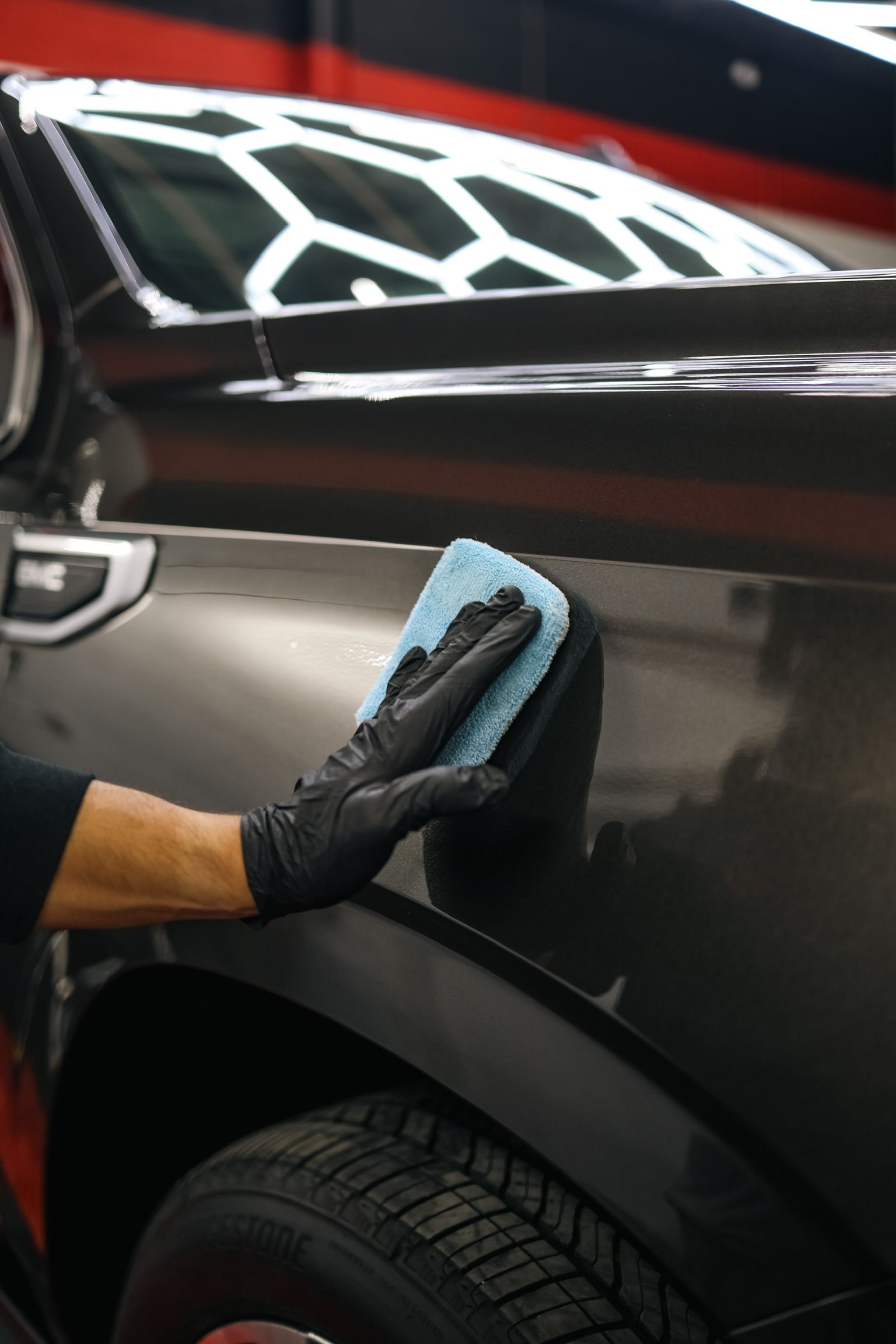
Signs Your Ceramic Coating Is Failing: How to Restore, Maintain, and Protect Your Finish in Michigan
